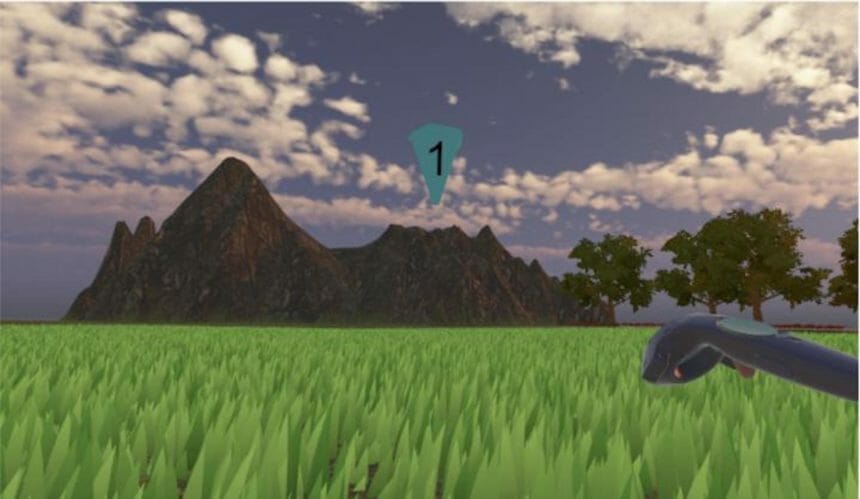
Virtual reality can identify early Alzheimer’s disease more accurately than cognitive tests currently considered to be the “gold standard,” suggests a new study published in the journal Brain.
Getting lost is one of the first symptoms of Alzheimer’s disease and is related to a region of the brain known as the entorhinal cortex. The pen-and-paper cognitive tests used to diagnose it can’t detect navigation difficulties, however.
Researchers from the University of Cambridge had 45 people with mild cognitive impairment put on a VR headset and undertake a navigation test while walking within a simulated environment. Successful completion of the task required intact functioning og the entorhinal cortex, one of the first areas in the brain damaged in Alzheimer’s disease. The team, led by Dennis Chan, M.D., Ph.D., hypothesised that people with early Alzheimer’s disease would be affected disproportionately on the test.
Investigators took samples of cerebrospinal fluid to look for biomarkers of underlying Alzheimer’s disease in the study participants, and 12 of them tested positive. The scientists also recruited 41 age-matched healthy control subjects for comparison.
All of the participants with mild cognitive impairment performed worse on the navigation task than the healthy controls. The study yielded two additional observations that the researchers deemed crucial, however:
- Participants with mild cognitive impairment with positive cerebrospinal fluid markers — indicating the presence of Alzheimer’s disease, thus placing them at risk of developing dementia — performed worse than those with negative cerebrospinal fluid markers at low risk of future dementia.
- The VR navigation task was better at differentiating between those low- and high-risk mild cognitive impairment participants than a battery of currently used tests considered to be the gold standard for the diagnosis of early Alzheimer’s.
“These results suggest a VR test of navigation may be better at identifying early Alzheimer’s disease than tests we use at present in clinic and in research studies,” Chan said.



